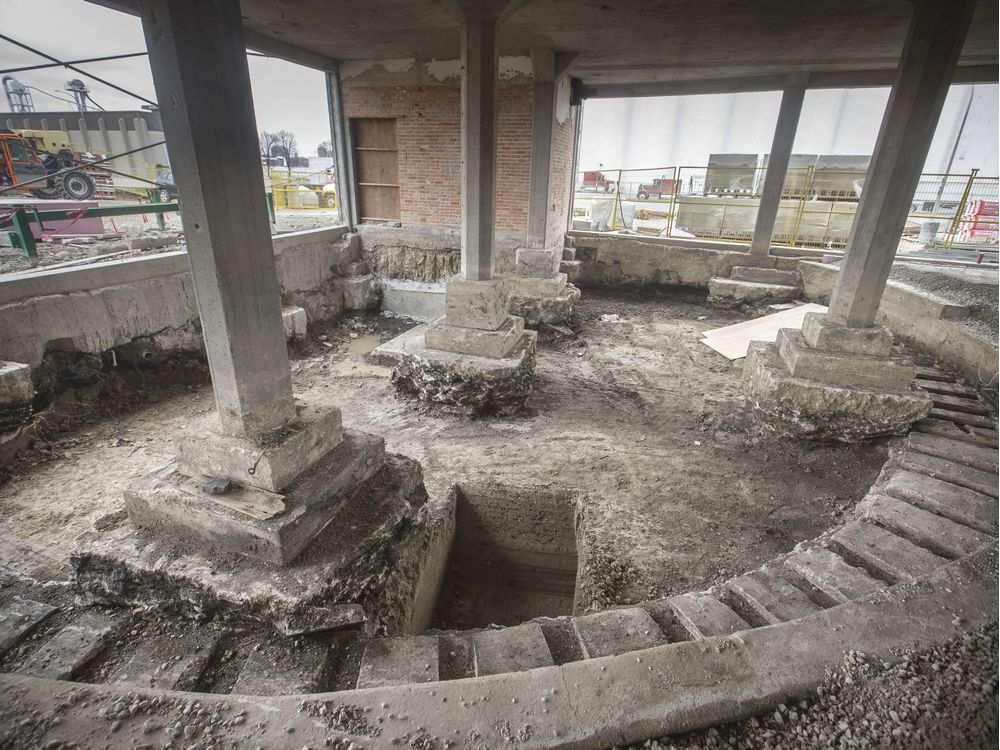
Read the Windsor Star article below to find out more about the
Brian Cross
“This thing here is one of the oldest structures around here, I don’t think there’s anything this old,” structural engineer Piero Aleo of Aleo Associates, a part-owner of Walker Power Building Inc. and quarterback for the project, said Wednesday as he showed off the discovery. He always knew about
In the days of steam engines, it’s not so easy to run them backwards like diesel, so
you have to turn them
“My surprise was how intact it was,” he said. “There was zero demolition done. The timbers were there, the rails were there. They basically just buried
Insurance maps from around 1880 show not just the turntable, but a water tower and a roundhouse for fixing locomotives.
“We
It’s symbolic of the about-face for the building, which sat vacant for 19 years and in a state of severe deterioration before Aleo and his partners bought it for $899,000
“
He envisions the turntable serving as a unique feature for a main-floor tenant, such as a coffee shop. “You’ll walk over the glass and see the turntable below,” he said. Preserving it, replacing the timbers, building a curved rail to contain it, and covering it with glass will probably cost an extra $100,000.
“I think it’s worth it,” Aleo said, citing the interest the discovery has already raised, particularly from railroad enthusiasts.
“We’re not doing this project to make money, honestly. We (Aleo Associates)
“It was
“It’s
He said the turntable preservation is an example of how the Walker Power Building restoration shows respect for the neighbourhood and celebrates local history. “I think
Swaddling believes the turntable
“In the days of steam engines, it’s not so easy to run them backwards like diesel, so
When the land was sold to make way for the Walker Power Building, a new turntable was built just south of Wyandotte Street. The line changed ownership, to Pere Marquette and eventually to Chesapeake and Ohio, which ran the line from 1947 to 1987. The line is now the Chrysler Canada Greenway.
One of the original tenants of the 63,000-square-foot building — which is actually two buildings, constructed in 1911 and 1913 — was Walkerville Light and Power, owned by the Walkers.
Tenants have signed up for more than half the space in the building. An accounting firm is taking the entire second floor. Lawyer Pat Ducharme, a partner in the project, is relocating his firm to the fourth floor. A local restaurant is taking 4,500 square feet on the main floor fronting Devonshire Road. And Aleo is adding a fifth floor, set back from the existing facade, to house his offices, common area for tenants and large terraces on the east and west sides. The view from that top floor will be pretty special, Aleo said.

